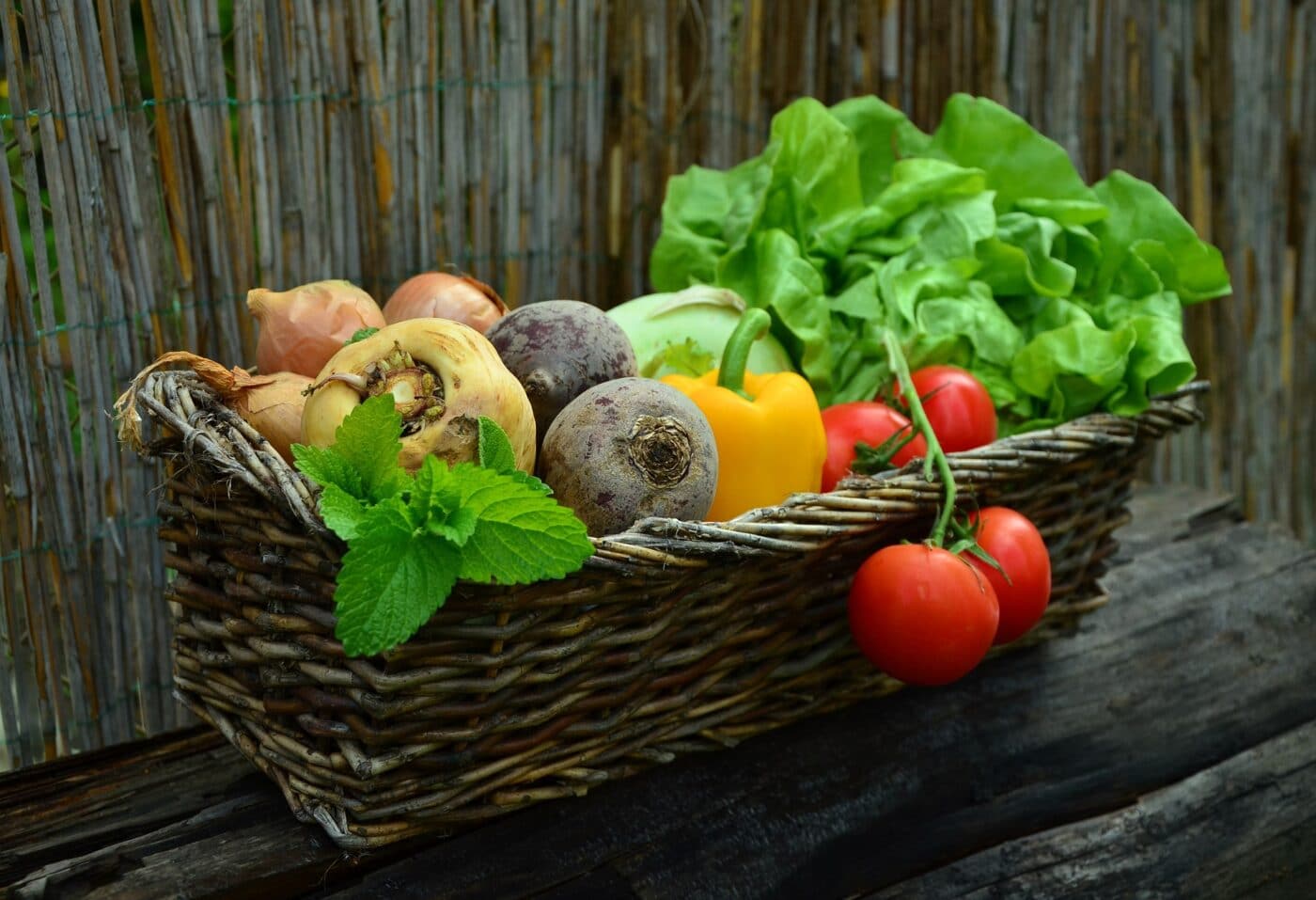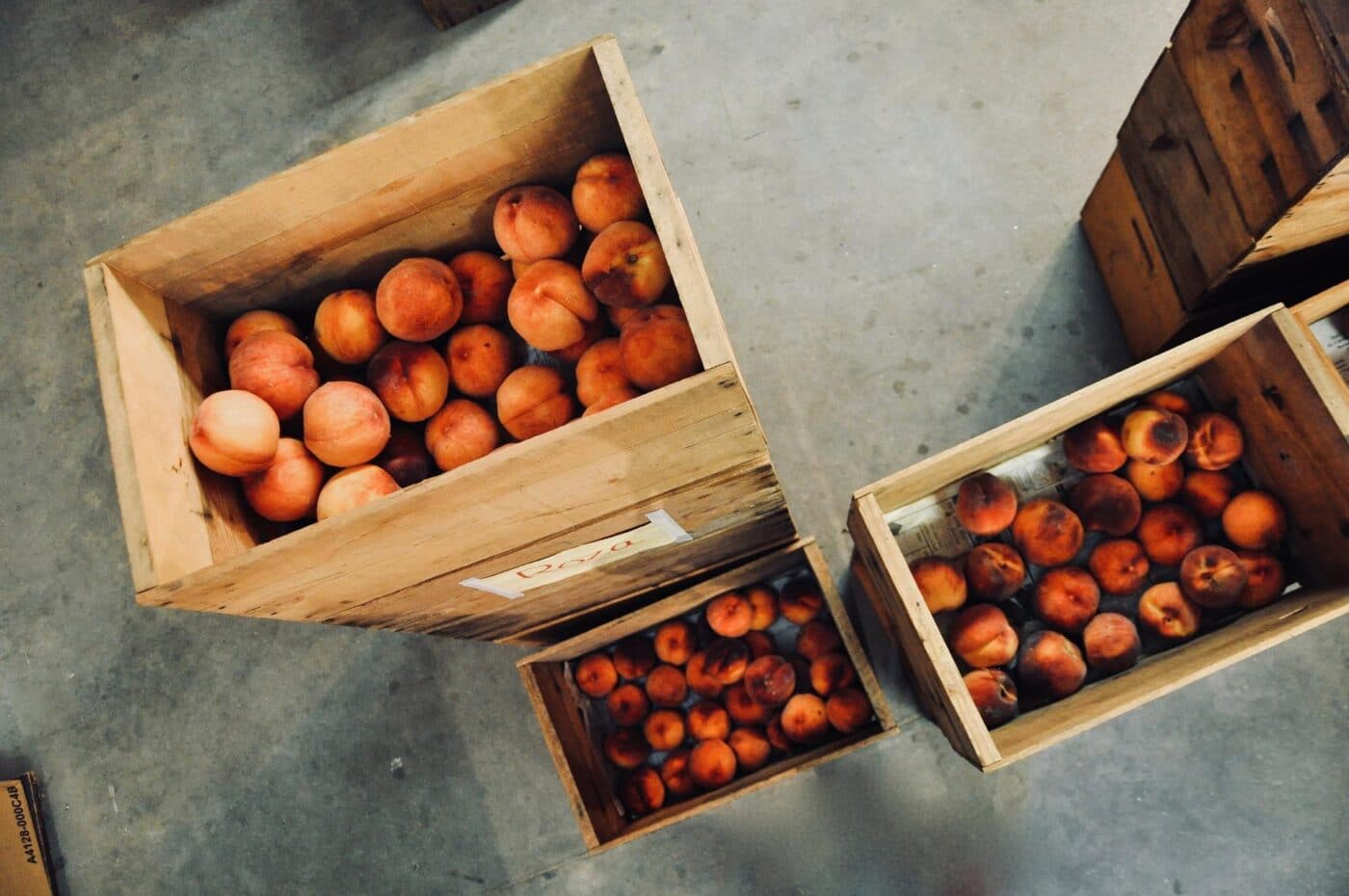Food Storage on a Budget
May 30th, 2022
5 minute read
With all the things going on in the world right now, food storage has become a critical part of planning for survival. That’s great if you have a solid amount of disposable income; you can buy all kinds of freeze-dried food, ready-made meals, and other things to jump-start your food storage.

Those on a fixed income or who have limited means, however, might be wondering if it’s even possible to start storing food for their family — especially with the way food prices have been rising. The good news is that yes, it is still possible, and showing you how is what this article is all about.
Getting into the Right Mindset
When you think of the phrase “food storage,” what does that mean to you? What does it look like for you and your family? Some people think it means a whole bunch of 50-lb. bags of rice and beans and being stuck eating “gross food” forever. For others, it means still buying the exact same things they’re already eating, just buying more of them at a time.

The truth is that food storage is a little of both. You want to prep food that you’re already familiar with cooking and eating, but you also want to have those bags of bulk foods when you can get them. The trick is to be shifting yourself to a healthy diet so that the foods you are storing are not only things you’re already eating, but are also things that are good for you, and will provide the maximum amount of nutrients and energy that you’ll need during a disaster.
This is often the hardest part for folks who are used to eating a lot of processed foods, candy or pre-packaged things. No one’s saying you have to suddenly throw out anything unhealthy, but you’ll want to take a hard look at the kinds of foods you eat and where they come from, because not only will they not be the best thing to have in your food storage, but they’ll be far more expensive in the long run. We’ll explain more about this in a moment.
Getting Organized
You’ll want to have a notebook or binder to keep track of your inventory. There are plenty of free templates around, but it doesn’t have to be pretty — it just needs to keep track of what you have and what you still need. Food storage isn’t just about having food; it’s about having the absolute best yet most inexpensive food you can get.

Your “notebook” can be something you picked up at The Dollar Store, or even just a few pieces of paper that you can use to keep records. You’re going to be rotating your stock as well, so you’ll need to stay on top of the length of time something has been in your storage.
Budgeting for Food Storage
If you’re like most people, you don’t have an unlimited supply of income. That means (hopefully!) that you’re working from a budget each month.

Look and see if you have any unnecessary purchases. Even something as small as getting rid of one of your streaming services can make a big difference. You’d be surprised at how much food you can buy with the money you’re spending on Netflix.
Food storage doesn’t have to mean you deny yourself any and all creature comforts, but it means that you might need to do without one or two things. Trust me — after a month or two, you won’t even miss them.
If you don’t see any outright monthly purchases you can ditch, try buying generic instead of brand name. That can also save you some money. Whatever you do, find the money in the budget, and then earmark it. No dipping into your stash of food storage money for incidentals thinking you’ll make it up later. You won’t.
Finding Cheap Food
Let’s say you only have $20 a month you can spend on food storage. If you have even less than that, it can still be done — you’ll do the same things, just less.

You might think that a trip to Costco is where you’d spend that, but Costco is actually one of the last places you should go if you’re just starting out with a limited budget. That $20 might buy you a whole lot of something, but it’ll just be that one thing. We’re looking to have as much food diversity as possible, as quickly as we can, so we’ll be going to a dollar store first.
If you’ve never been to one, you’ll be shocked at how much food you can buy there. Some even have a frozen section. What you’re looking for, however, aren’t boxes of processed chicken nuggets or sugar cereals. You’re looking for canned vegetables, broth, bags of white rice, a bag of kidney beans, or other things that will store for a while and can be used in other dishes.
Other places you can go are discount grocery stores like Aldi’s, Winco or even restaurant supply stores if you have a bit more to spend.

So-called “extreme couponing” can also make a huge difference in your prepping. It takes some organization, but you can rack up a lot of supplies in a very short time. There are sites and apps that can tell you exactly what to do, what stores to go to, and how to maximize your discounts — even making items free in some cases.
This works especially well for toiletries, cleaning supplies and other non-food items. I spent one year extreme couponing, and did not have to buy dish soap, body wash, deodorant, or toothpaste for another four years; total cost? About $70.
Depending on where you live, you can also go to farmer markets and roadside stands to get fresh produce, and then choose a way of preserving it.
Conclusion
Hopefully, this can get you started on your journey. Whatever and however you choose to start is up to you … but do something.
Editor’s Note: Please be sure to check out The Armory Life Forum, where you can comment about our daily articles, as well as just talk guns and gear. Click the “Go To Forum Thread” link below to jump in!
Join the Discussion
Continue Reading
Did you enjoy this article?

 46
46






